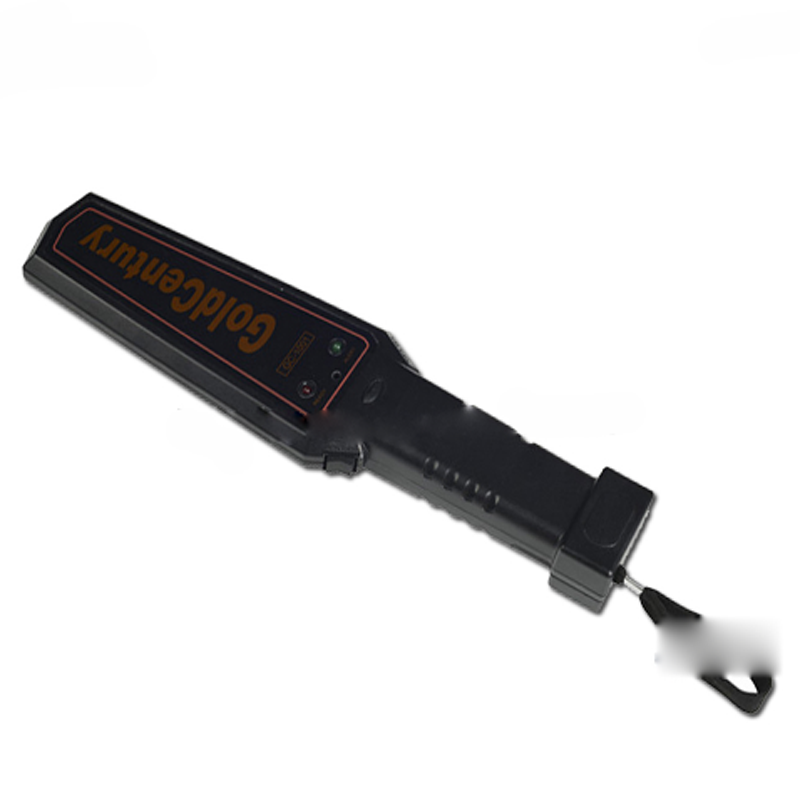Table of Contents
Proper Procedure for Using Hand-Held Metal Detectors
Hand-held metal detectors are commonly used in various settings, such as airports, schools, and events, to ensure the Safety and Security of individuals. When used correctly, these devices can effectively detect metal objects that may pose a threat. However, it is essential to follow the proper procedure for using hand-held metal detectors to ensure accurate results and maintain a safe Environment.
Before using a hand-held metal detector, it is crucial to familiarize yourself with the device and its functions. Make sure the device is fully charged and in good working condition. Check for any damage or defects that may affect its performance. It is also important to understand the sensitivity settings of the metal detector and adjust them accordingly based on the specific requirements of the situation.
When using a hand-held metal detector, it is essential to approach each individual with professionalism and respect. Clearly explain the purpose of the metal detector scan and ask for their cooperation. Ensure that the individual stands still and holds any personal belongings away from their body to prevent interference with the metal detector’s readings.
Begin the scanning process by slowly moving the hand-held metal detector over the individual’s body in a systematic manner. Start from the head and work your way Down to the feet, making sure to cover all areas of the body. Pay close attention to any alerts or signals from the metal detector indicating the presence of metal objects.
If the metal detector alerts to the presence of metal, take the necessary steps to identify the source. Ask the individual to remove any metal objects from their person and rescan the area to confirm the detection. If necessary, conduct a physical search to locate and remove any concealed metal objects.
It is important to handle any detected metal objects with care and follow established protocols for handling suspicious items. Notify the appropriate authorities if any prohibited or dangerous items are found during the scanning process. Maintain a calm and professional demeanor throughout the procedure to ensure a smooth and efficient resolution.
After completing the scanning process, thank the individual for their cooperation and provide any necessary instructions or information. Document the results of the scan, including any alerts or detections, for record-keeping purposes. Properly store the hand-held metal detector in a secure location and ensure it is ready for future use.
In conclusion, using hand-held metal detectors requires adherence to a proper procedure to ensure accurate results and maintain a safe environment. By following the steps outlined above, security personnel can effectively detect metal objects and mitigate potential threats. Remember to approach each individual with professionalism and respect, and handle any detected metal objects with care. By following these guidelines, hand-held metal detectors can be a valuable tool in enhancing security measures and ensuring the safety of all individuals.
Tips for Effective Hand-Held Metal Detector Searches
Hand-held metal detectors are an essential tool for security personnel in various settings, including airports, schools, and public events. Conducting thorough and effective searches with a hand-held metal detector requires proper training and adherence to specific procedures. In this article, we will discuss some tips for conducting successful hand-held metal detector searches.
First and foremost, it is crucial to familiarize yourself with the specific hand-held metal detector you will be using. Different models may have varying sensitivity Levels, settings, and features. Make sure to read the manufacturer’s instructions and practice using the device before conducting searches on individuals.
When conducting a hand-held metal detector search, it is essential to maintain a consistent and systematic approach. Start by informing the individual that you will be conducting a search with a hand-held metal detector. Ask them to remove any metal objects from their pockets or person and to stand still with their arms outstretched.
Begin the search by scanning the individual’s body from top to bottom, starting with the head and working your way down to the feet. Move the hand-held metal detector in a slow and steady motion, ensuring that you cover all areas of the body. Pay close attention to areas where metal objects are commonly concealed, such as pockets, belts, and shoes.
If the hand-held metal detector alerts to the presence of metal, investigate further by using a handheld wand or conducting a pat-down search. Be thorough in your search but also respectful of the individual’s privacy and personal space. Communicate clearly with the individual throughout the search process to ensure they understand what is happening and why.
In addition to conducting searches on individuals, hand-held metal detectors can also be used to scan bags, packages, and other items. When scanning objects, be sure to move the hand-held metal detector in a methodical manner, covering all surfaces of the item. Pay attention to any areas that may contain metal components, such as zippers, Buckles, or seams.

It is essential to remember that hand-held metal detectors are just one tool in a security officer’s arsenal. They should be used in conjunction with other security measures, such as physical inspections, x-ray scanners, and security cameras. By combining multiple layers of security, you can enhance the effectiveness of your overall security program.
After completing a hand-held metal detector search, be sure to document your findings and any actions taken. This documentation can be valuable in the event of an incident or dispute regarding the search. It is also essential to follow any specific protocols or procedures established by your organization or facility regarding hand-held metal detector searches.
In conclusion, conducting effective hand-held metal detector searches requires proper training, attention to detail, and adherence to specific procedures. By following the tips outlined in this article, security personnel can enhance the effectiveness of their searches and help ensure the safety and security of the individuals they are tasked with protecting.

